Ilsong Kalguksu (일송칼국수)
11.3Km 2021-03-18
44, Seonggyungwan-ro, Jongno-gu, Seoul
+82-2-765-0880
This is a Korean cuisine located in Jongno-gu, Seoul. A store serving dishes at low prices. The best menu at this restaurant is noodle soup with clams.
Pabellón Jungmyeongjeon (중명전)
11.3Km 2024-12-23
Jeongdong-gil 41-11, Jung-gu, Seúl.
Este sitio histórico se encuentra ubicado por detrás del palacio Deoksugung, cerca del Teatro Jeongdong. Fue la biblioteca real, construido durante el período 1897-1901, por el arquitecto ruso Seredin Sabatin, y consta de 3 pisos en total y es de estilo occidental. Su nombre original fue Suokheon. Después del incendio del palacio Deoksugung en el año 1904, fue utilizado como la oficina administrativa del rey y la sala de audiencia de las delegaciones extranjeras, y también fue el lugar trágico en donde se firmó el Tratado de Eulsa (tratado desigual en el que Corea fue ocupada y declarada protectorado japonés).
En un principio, el pabelló Jungmyeongjeon formaba parte del palacio Deoksugung, pero con el levantamiento del muro de piedra (conocido como el “Doldamgil de Deoksugung”), dejó de serlo. Es una de las primeras construcciones contemporáneas de Corea, pero por el incendio de 1925, solo ha quedado en pie la pared del edificio. Después de la independencia del dominio japonés (15 de agosto de 1945), ha tenido varios usos y dueños diferentes, hasta que en septiembre del 2006, el derecho de propiedad del inmueble pasó a la Administración de Patrimonios Culturales, y finalmente, en febrero del 2007, fue declarado Sitio Histórico Nº 124.
Museo de Arte Ilmin (일민미술관)
11.3Km 2021-03-18
Sejong-daero 152, Jongno-gu, Seúl
Este museo está administrado por la Fundación Cultural Ilmin, y fue establecido en homenaje al maestro Kim Sang-man (fundador y presidente honorario del periódico The Dong-A Ilbo), quien se esforzó durante toda su vida para fomentar el desarrollo mediático y cultural.
Se encuentra ubicado en el interior del antiguo edificio del periódico The Dong-A Ilbo. Se inauguró como un centro cultural y en diciembre de 1996 bajo el nombre de Museo de Arte Ilmin. En 2001, se realizó una renovación, y en febrero de 2002, con la construcción de 2 grandes salas de exposición, tomó el aspecto actual.
El atrio del museo, que está diseñado con vidrios y acero, conecta la calle Gwanghwamun-ro con el interior del museo. Su elegancia contemporánea demuestra el desarrollo del lugar. Al mismo tiempo, es utilizado como el lugar en donde los visitantes reciben el servicio informático necesario para recorrer el museo con facilidad. En este lugar artístico podrá encontrar la Colección Ilmin, que tiene 430 piezas artísticas que corresponden a las épocas de Goryeo hasta la actualidad, 1.200 obras consignadas por el periódico, y 100 piezas de pintura contemporánea. La Colección Ilmin está compuesta por pinturas, piezas de cerámica, etc., recolectadas por el fundador, piezas que habían sido incorporados en los periódicos y revistas de la misma compañía.
Balwoo Gongyang (발우공양)
11.3Km 2025-05-29
56 Ujeongguk-ro, Jongno-gu, Seoul
Centro de Información de Estancias en Templos (템플스테이 홍보관)
11.3Km 2022-09-28
Ujeongguk-ro 56, Jongno-gu, Seúl
El centro es un complejo cultural de cinco plantas donde se encuentran la mayoría de oficinas responsables de las estancias en templos, centros de información, centros educativos, un restaurante de comida budista tradicional llamado Balwoo Gongyang, entre otros.
Bukchon-ri Dullegol (북촌리둘레골)
11.3Km 2021-03-19
44 Insadong 14-gil Jongno-gu Seoul
+82-2-747-9700
A restaurant with Korean traditional house-themed interior design. The representative menu is Korean table d''hote. This is a Korean cuisine located in Insa-dong, Seoul.
Hangukgwan (한국관)
11.3Km 2021-03-18
40, Seonggyungwan-ro, Jongno-gu, Seoul
+82-2-764-6953
A great restaurant for group dinners. The best menu at this restaurant is Grilled Beef Ribs. This is a Korean cuisine located in Jongno-gu, Seoul.
Gwanghwamun Deungsim (광화문등심)
11.3Km 2021-07-20
34, Jong-ro, 5-gil, Jongno-gu, Seoul
+82-2-722-2020
A restaurant that’s popular among workers for group dinners, it sells grilled meat. This Korean dishes restaurant is located in Jongno-gu, Seoul. The representative menu is grilled boneless ribs.
Nwijo (뉘조)
11.3Km 2024-11-28
27, Insadong 14-gil, Jongno-gu, Seoul
+82-2-730-9311
Nwijo (뉘조) is a Korean restaurant specializing in wild vegetable cuisine. The name ‘Nwijo’ means ‘the god of the silkworm,’ and likens wild vegetables to silkworms in that both can be eaten in their entirety. The restaurant serves original full-course Korean meals that are prepared using hundreds of kinds of wild vegetables, including special seasonal vegetables.
A typical full-course meal starts with delicious pumpkin porridge, followed by seasoned wild vegetables, root vegetable ssam (condiments wrapped in vegetable leaves), slices of boiled meat, and steamed lotus leaf-wrapped rice served with jjigae (Korean stew) and various side dishes. This kind of traditional feast is pleasing to both the eye and the palate and is topped off with sikhye (traditional sweet rice drink). Lunch specials are also available.
Luii (루이)
11.3Km 2024-11-28
40, Sejong-daero 21-gil, Jung-gu, Seoul
+82-2-736-8889
Luii is a Chinese restaurant operated by a veteran chef with extensive experience in Chinese cuisine. The restaurant has several rooms of different sizes to accommodate various events. It also has a VIP room for more private gatherings.
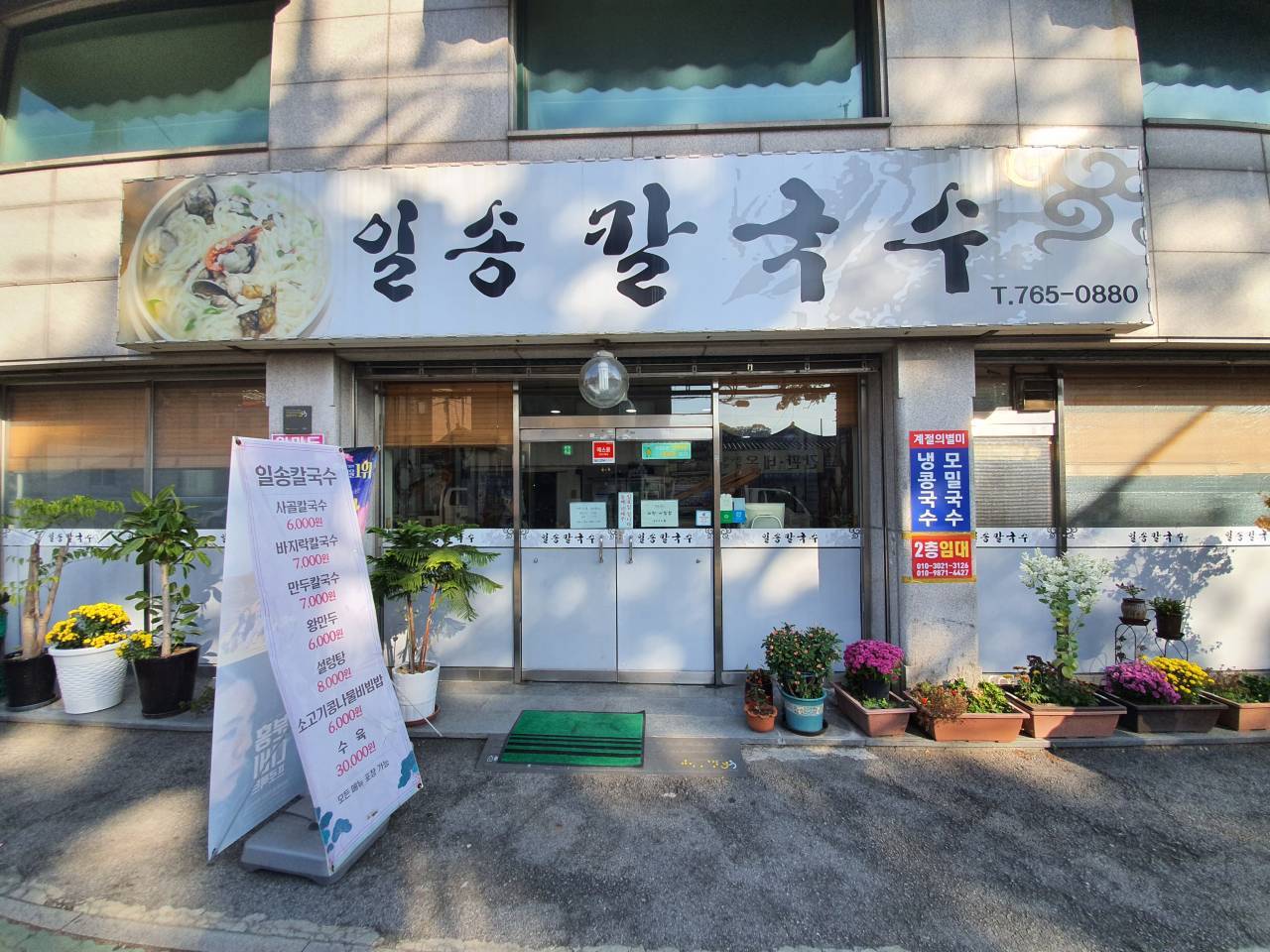
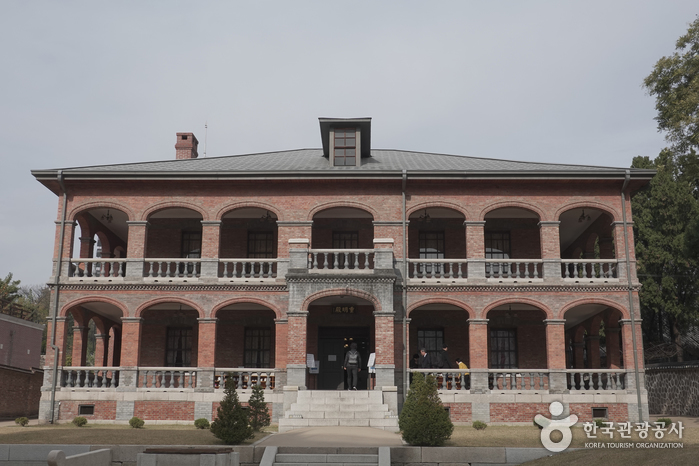
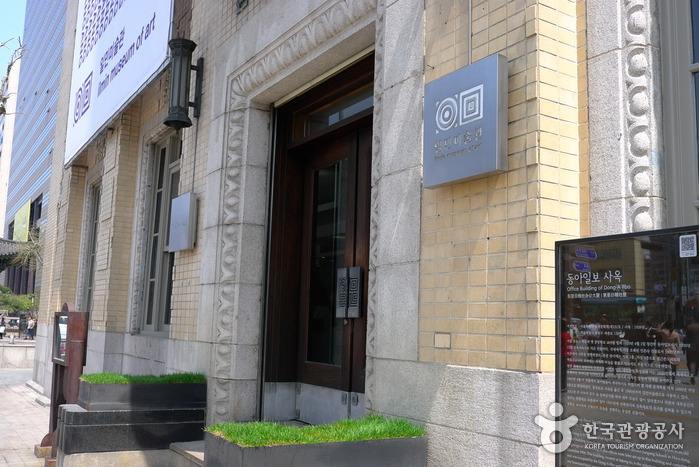

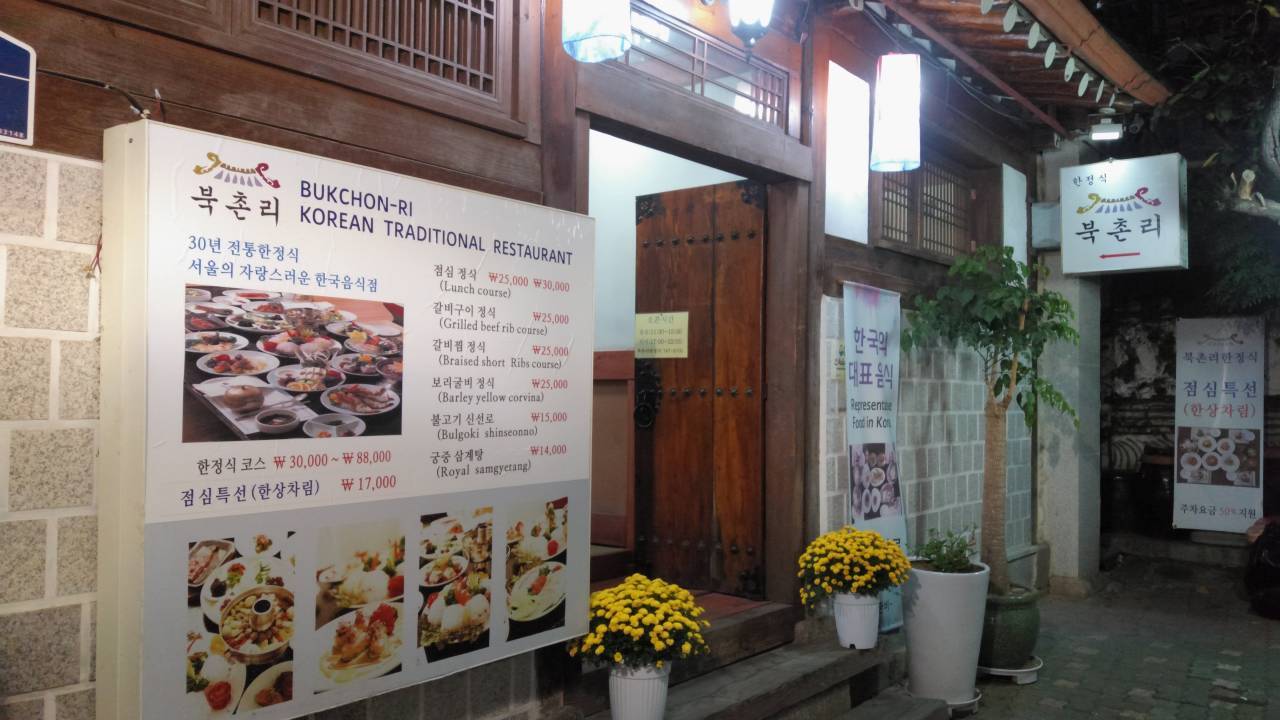
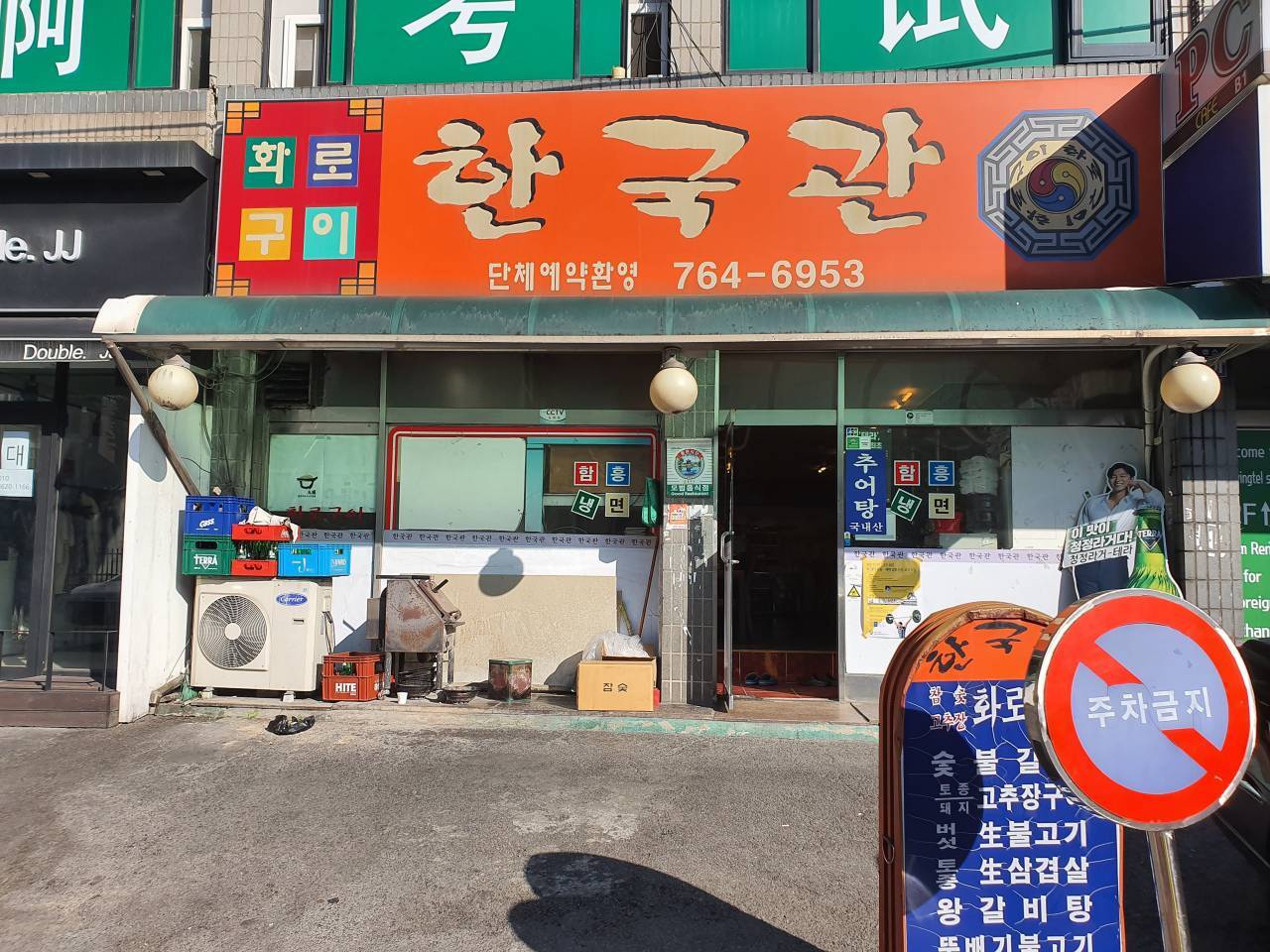

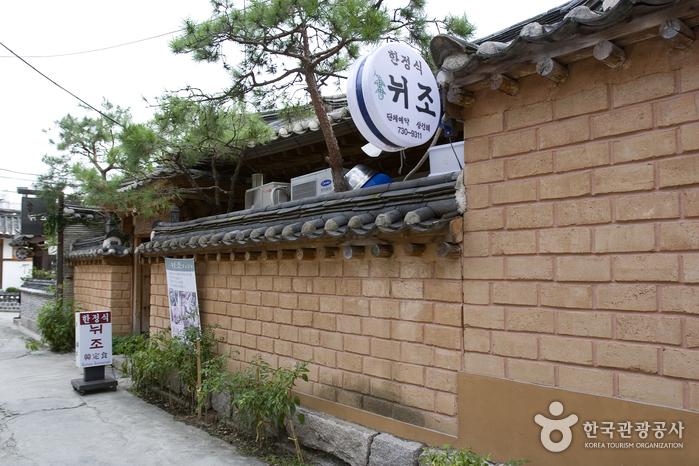
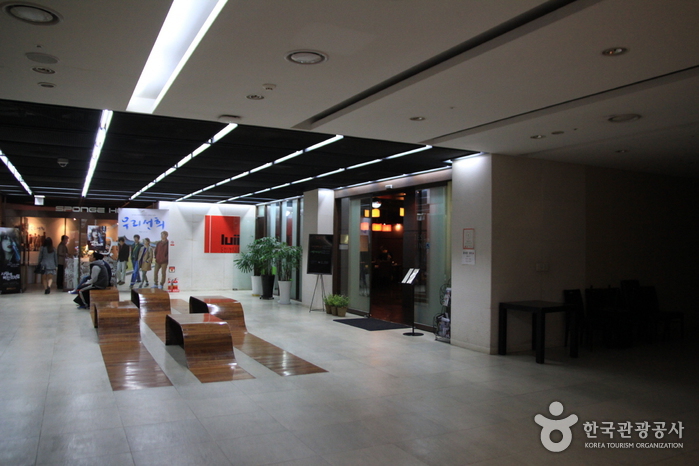
 Español
Español
 한국어
한국어 English
English 日本語
日本語 中文(简体)
中文(简体) Deutsch
Deutsch Français
Français Русский
Русский